Neuroleptic Malignant Syndrome
Northwestern EM Blog
MAY 9, 2022
The most acute cause of death from NMS is hyperthermia, which is induced both by D2 receptor antagonism leading to rigidity and impaired thermoregulation from the striatum and hypothalamus. Any life-threatening hyperthermia should be treated immediately with an ice bath.[2] Therefore, fluid resuscitation and maintenance are important.

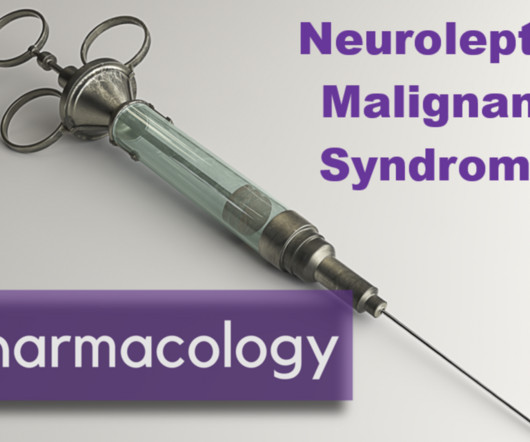
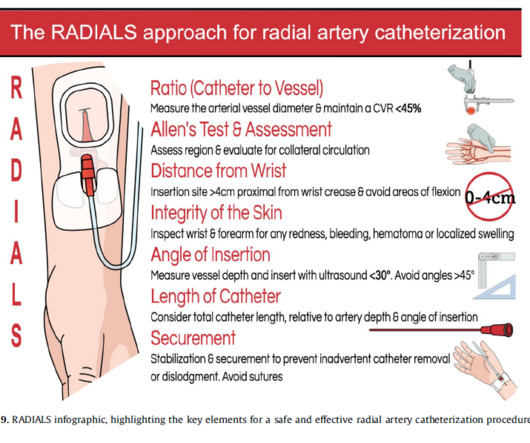
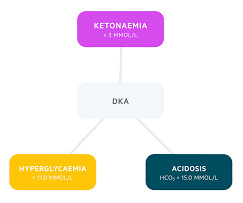

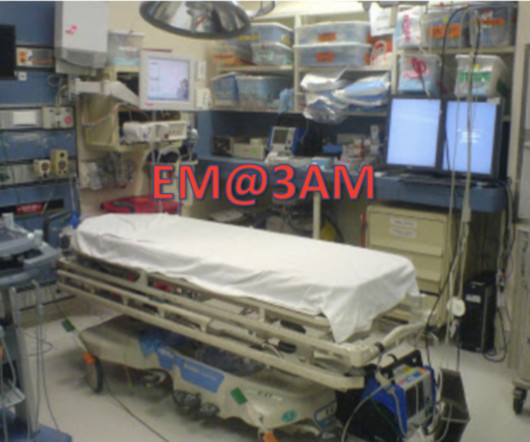




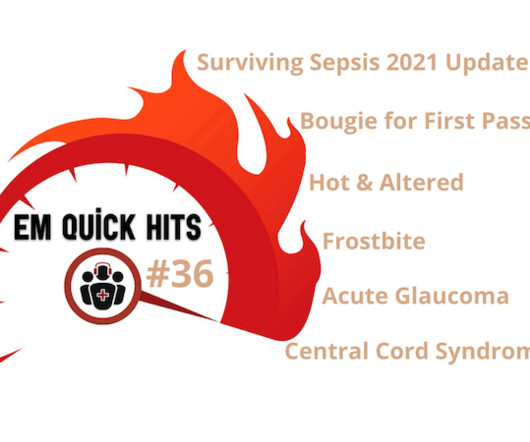

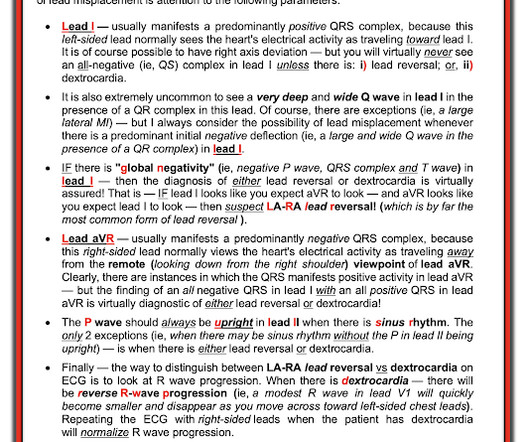






Let's personalize your content